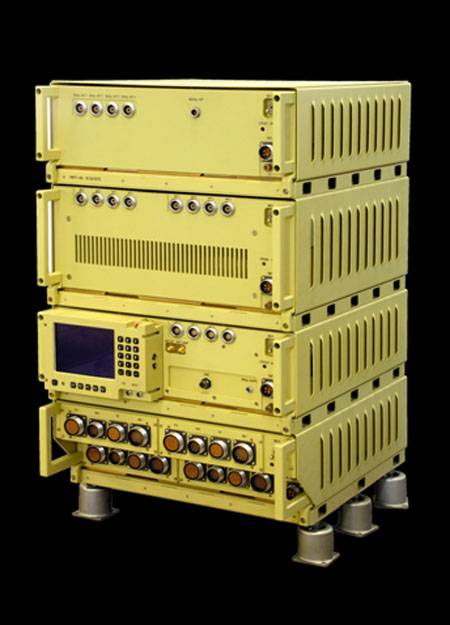Ship radio station 6 generation P-620 has been tested in the fleet
P-620 belong to the 6th generation radio stations. Distinguishes the latest Russian radio stations from previous instances - digital signal processing along with SDR software technology. The radio station is able to establish stable communication with the radio stations of the communication systems of the tactical command link of the 6th generation "Azart", as well as with aviation combat complexes.

It was noted that during the tests of R-620, certain shortcomings were identified that were quickly eliminated before the radio station was put into operation on navy.
Press office The Yaroslavl Radio Factory reports that, depending on the needs of the customer, P-620 can have from 1 to 4 transceiver channels of UKS as part of one transceiver. The P-620 provides radiotelephone communications with amplitude A3, frequency F3 or phase G3 analog modulation. It can be used for frequency telegraphy at speeds up to 4,8 thousand. Baud, for simultaneous data and speech, for the organization of high-speed networks with indicators up to 54 Mbps.
The station allows simultaneous radio communication in different networks. The project implemented the use of the GLONASS / GPS receiver. P-620 provides automatic relaying of information with time (TDMA) and frequency (FDMA) channel separation.
Operating temperature ranges from minus 10 to plus 50 Celsius.
Information